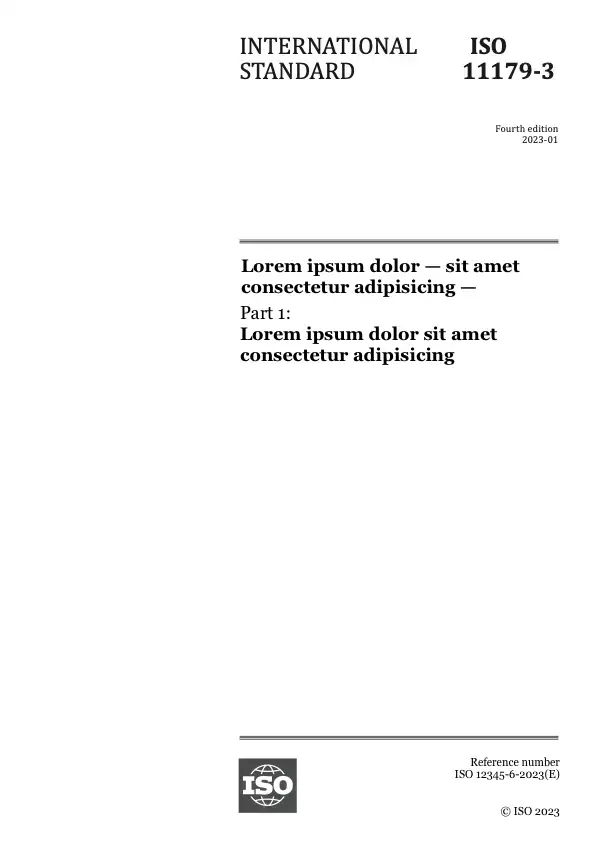Résumé
This document specifies methods for generating and testing prime numbers as required in cryptographic protocols and algorithms.
Firstly, this document specifies methods for testing whether a given number is prime. The testing methods included in this document are divided into two groups:
— probabilistic primality tests, which have a small error probability. All probabilistic tests described here can declare a composite to be a prime;
— deterministic methods, which are guaranteed to give the right verdict. These methods use so-called primality certificates.
Secondly, this document specifies methods to generate prime numbers. Again, both probabilistic and deterministic methods are presented.
NOTE It is possible that readers with a background in algorithm theory have already had previous encounters with probabilistic and deterministic algorithms. The deterministic methods in this document internally still make use of random bits (to be generated via methods described in ISO/IEC 18031), and "deterministic" only refers to the fact that the output is correct with probability one.
Annex A provides error probabilities that are utilized by the Miller-Rabin primality test.
Annex B describes variants of the methods for generating primes so that particular cryptographic requirements can be met.
Annex C defines primitives utilized by the prime generation and verification methods.
Prévisualiser
Informations générales
-
État actuel: PubliéeDate de publication: 2020-12Stade: Norme internationale publiée [60.60]
-
Edition: 2
-
Comité technique :ISO/IEC JTC 1/SC 27ICS :35.030
- RSS mises à jour
Cycle de vie
-
Précédemment
AnnuléeISO/IEC 18032:2005
-
Actuellement
Vous avez une question?
Consulter notre FAQ
Horaires d’ouverture:
De lundi à vendredi - 09:00-12:00, 14:00-17:00 (UTC+1)
